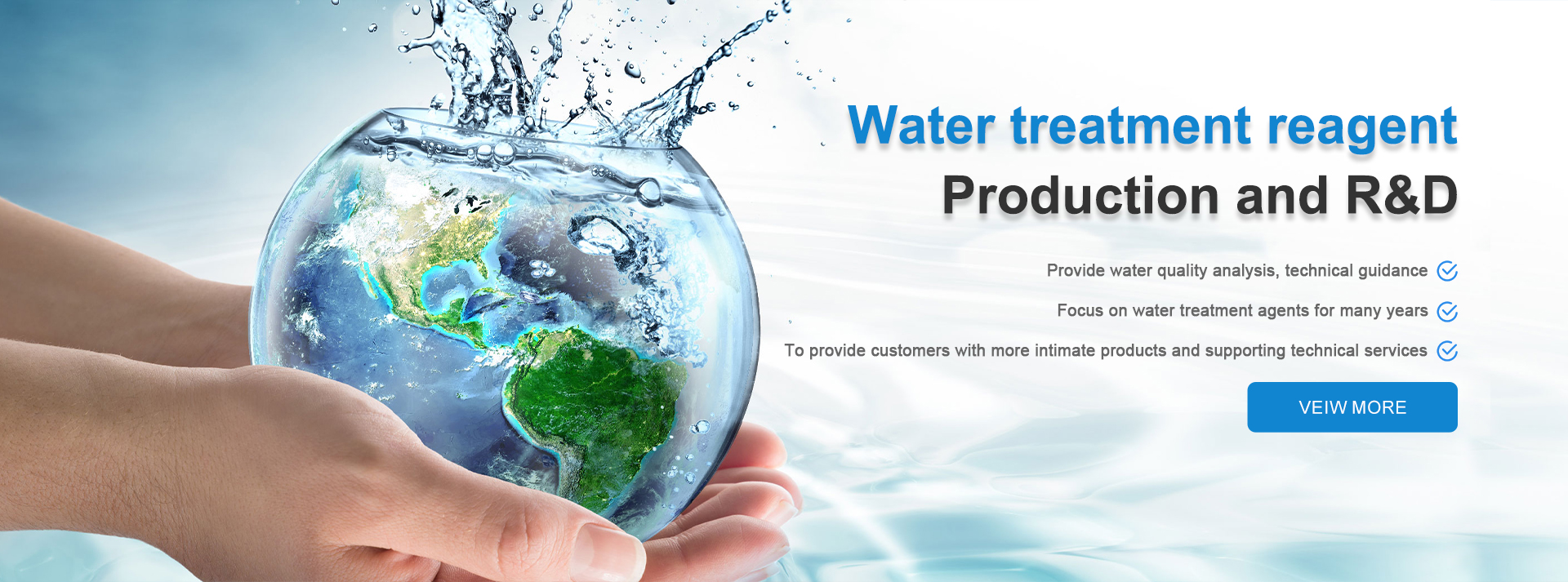flocculant chemicals for water treatment
Flocculant Chemicals for Water Treatment A Vital Component in Clean Water Management
Water treatment is an essential process for ensuring the safety and quality of potable water and the efficiency of wastewater treatment systems. One of the pivotal elements in this process is the use of flocculant chemicals. These substances play a crucial role in the aggregation of suspended particles, resulting in clearer and safer water. This article delves into the types and functions of flocculant chemicals, their application in water treatment, and their significance in maintaining public health and environmental standards.
What are Flocculants?
Flocculants are chemical agents that facilitate the aggregation of fine particles in liquids to form larger clusters, known as flocs. These flocs can then be removed from the water through sedimentation, filtration, or flotation. The process of flocculation is particularly important in various water treatment processes, including drinking water treatment, wastewater management, and industrial effluent treatment.
Types of Flocculants
Flocculants can be categorized into two main types organic and inorganic
.1. Organic Flocculants These are typically synthetic polymers and are more commonly used due to their efficiency and effectiveness. Examples include polyacrylamides (PAM), which can be cationic, anionic, or non-ionic depending on their charge properties. These organic flocculants are favored for their ability to reduce the dosage required for effective treatment, thus minimizing chemical costs and environmental impact.
2. Inorganic Flocculants Common inorganic flocculants include aluminum sulfate (alum), ferric chloride, and ferric sulfate. These compounds have been widely used for decades and can effectively coagulate suspended solids. Their mechanism involves neutralizing charges on suspended particles, leading to aggregation and subsequent removal.
Mechanism of Action
flocculant chemicals for water treatment

The process of flocculation involves several steps. Initially, flocculant chemicals are added to water containing suspended particles. The flocculants interact with the particles, neutralizing their charges and promoting aggregation. As the particles cluster together, they form larger aggregates or flocs. These flocs are heavier and settle more quickly, making it easier to remove them from the water.
This process is often enhanced by the addition of a coagulant, which works to destabilize the colloidal particles before flocculation occurs. The coagulant ensures that the suspended particles are forced into proximity, allowing the flocculants to bind them together effectively.
Applications in Water Treatment
Flocculants are utilized in a variety of water treatment applications. In drinking water treatment, they help in the removal of turbidity and pathogens, ensuring that the water is safe for human consumption. In wastewater treatment plants, flocculants are crucial for the separation of solids from the liquid phase, facilitating more efficient treatment processes.
Moreover, flocculants are employed in industrial applications, such as mining, pulp and paper production, and food processing, where the need for effective solid-liquid separation is paramount. In this context, they contribute to meeting regulatory standards and reducing environmental impact by ensuring that wastewater is treated to acceptable levels before discharge.
Environmental Considerations
While flocculants are essential for effective water treatment, their use raises important environmental considerations. The selection of flocculants should take into account their biodegradability and potential toxicity. Organic flocculants, particularly non-toxic and biodegradable options, are increasingly favored to minimize adverse environmental effects. Additionally, the proper management of residual sludge generated during the treatment process is vital to avoid contamination of soil and waterways.
Conclusion
Flocculant chemicals are indispensable in the realm of water treatment, aiding in the efficient removal of suspended particles and ensuring that both potable water and treated wastewater meet safety standards. As technology and research advance, there is a growing focus on developing more sustainable and environmentally friendly flocculants. By optimizing water treatment processes, we can protect public health, preserve natural water resources, and uphold the integrity of our ecosystems.
-
lk-319-special-scale-and-corrosion-inhibitor-for-steel-plants-advanced-solutions-for-industrial-water-systemsNewsAug.22,2025
-
flocculant-water-treatment-essential-chemical-solutions-for-purification-processesNewsAug.22,2025
-
isothiazolinones-versatile-microbial-control-agents-for-industrial-and-consumer-applicationsNewsAug.22,2025
-
scale-inhibitor-key-solutions-for-water-system-scale-preventionNewsAug.22,2025
-
organophosphonates-versatile-scale-inhibitors-for-industrial-water-systemsNewsAug.22,2025
-
scale-and-corrosion-inhibitor-essential-chemical-solutions-for-water-system-maintenanceNewsAug.22,2025





